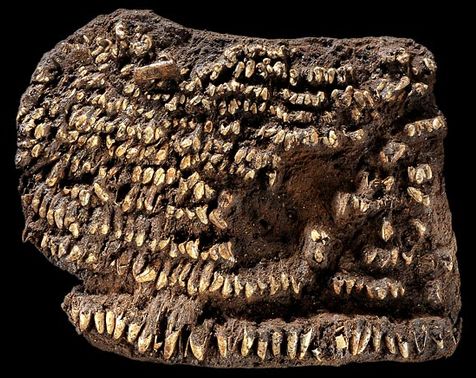
Excavators at a site near Leipzig uncovered more than a hundred dog teeth arranged close together in a grave dated to between 2,500 and 2,200 B.C.
According to archaeologist Susanne Friederich, the teeth were likely decorations for the outer flap of a handbag.
"Over the years the leather or fabric disappeared, and all that's left is the teeth. They're all pointing in the same direction, so it looks a lot like a modern handbag flap," said Friederich, of the Sachsen-Anhalt State Archaeology and Preservation Office.
The dog teeth were found during excavations of the 250-acre (100-hectare) Profen site, which is slated to become an open-pit coal mine in 2015.
So far the project has uncovered evidence of Stone and Bronze Age settlements, including more than 300 graves, hundreds of stone tools, spear points, ceramic vessels, bone buttons, and an amber necklace.
Thousands of finds from later periods - including the grave of a woman buried with a pound (half a kilogram) of gold jewellry around 50 B.C. - have also turned up.
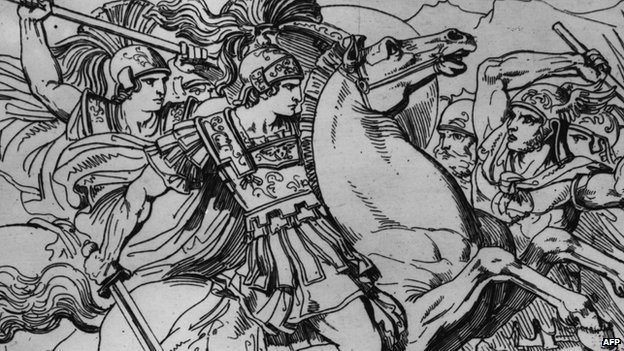

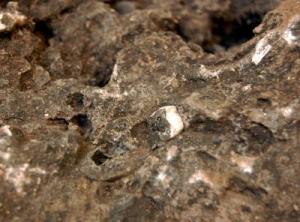
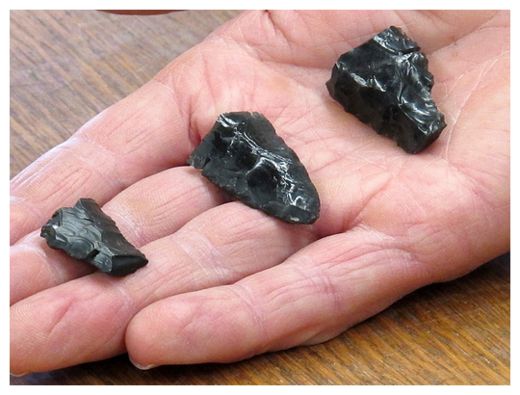
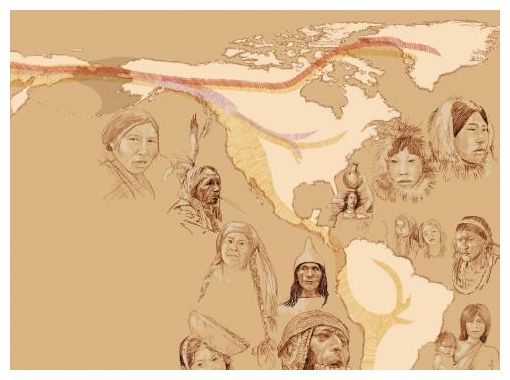







Comment: Here is a fascinating read on the subject of climate change: Fire and Ice: The Day After Tomorrow